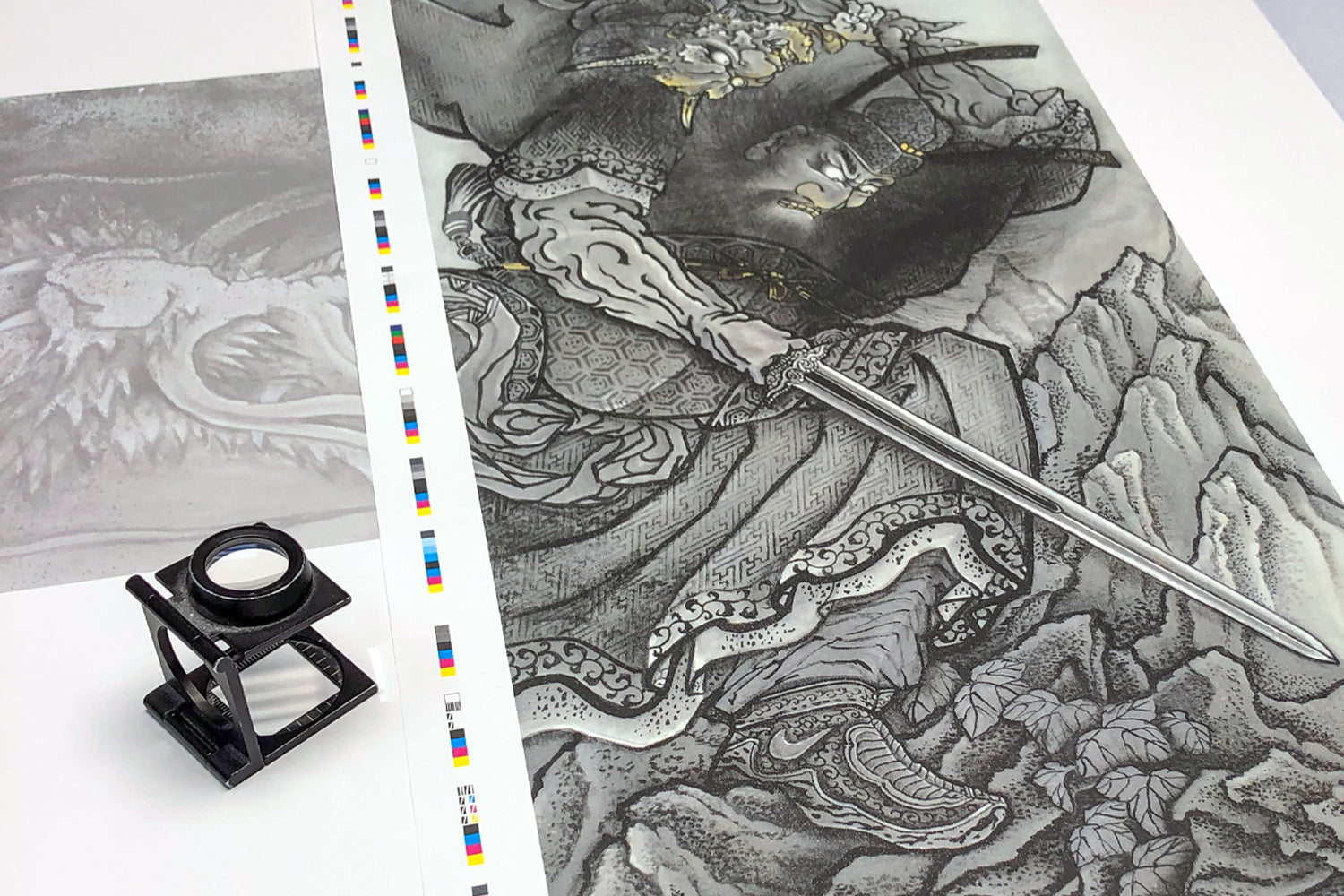Introduction
American Traditional tattoos, often referred to as "Old School" tattoos, hold a timeless place in the tattooing world. With bold lines, vibrant colors, and iconic imagery, this style has captivated the imaginations of tattoo artists, collectors, and art enthusiasts for decades. But what is it about these tattoos that continues to resonate with people today? Let's explore the key characteristics, historical context, and cultural significance of American Traditional tattoos.
Key Characteristics of American Traditional Tattoos
American Traditional tattoos are known for their distinctive features, which set them apart from other styles:
1. Bold Outlines: Thick black lines are a hallmark of this style, creating a strong visual impact and ensuring that the designs remain striking even as they age.
2. Limited Color Palette: These tattoos typically feature a restricted color scheme, dominated by reds, greens, yellows, and blacks. The colors are applied in solid blocks without gradients, contributing to the style's straightforward and recognizable appearance.
3. Iconic Imagery: Common motifs include nautical themes (anchors, ships), roses, skulls, and pin-up girls. These designs are not just decorative; they carry deep cultural and historical significance, reflecting themes of love, rebellion, and adventure.
4. Simplified Designs: The designs in American Traditional tattoos are generally straightforward, often resembling illustrations rather than realistic depictions. This simplicity ensures that the tattoos are easily recognizable and impactful.
Historical Context
The roots of American Traditional tattoos can be traced back to the late 19th century, with significant developments in the early 20th century. One of the most notable figures in the history of this style is Norman Collins, famously known as Sailor Jerry. Sailor Jerry's work, which combined Western traditional elements with Japanese influences, played a pivotal role in establishing the aesthetic that defines American Traditional tattoos today.
During the early 1900s, tattoos were primarily associated with sailors, soldiers, and circus performers. For these individuals, tattoos were symbols of pride, markers of life experiences, or expressions of defiance against mainstream societal norms. The introduction of the electric tattoo machine by Samuel O'Reilly in 1891 revolutionized the industry, allowing for greater speed and precision in tattoo application, further popularizing the style.
Cultural Significance
American Traditional tattoos are more than just body art; they are deeply rooted in cultural history and personal identity. For many, getting a traditional tattoo is a way to pay homage to the past, celebrating the artistry and craftsmanship of early tattooists. The motifs used in these tattoos, such as eagles, anchors, skulls, and roses, each carry rich symbolism and are connected to broader cultural narratives.
- Eagles symbolize freedom and strength, often representing the spirit of America.
- Anchors signify stability and a safe return home, a common theme among sailors.
- Skulls remind us of mortality, while roses embody the duality of love's beauty and pain.
- Pin-up girls celebrate femininity and nostalgia, reflecting mid-20th-century ideals.
These symbols have helped American Traditional tattoos maintain their popularity over the decades, appealing to both seasoned collectors and new enthusiasts. The enduring appeal of this style lies in its ability to convey clear messages, emotions, and a sense of identity through its iconic imagery.
Conclusion
American Traditional tattoos continue to thrive, embodying a blend of artistic expression, historical significance, and cultural resonance. For tattoo artists and collectors alike, these tattoos represent not only personal stories but also a connection to a broader cultural narrative. As the tattooing community evolves, the appreciation for traditional styles remains strong, ensuring that this art form will endure for generations to come.







Leave a comment
This site is protected by hCaptcha and the hCaptcha Privacy Policy and Terms of Service apply.